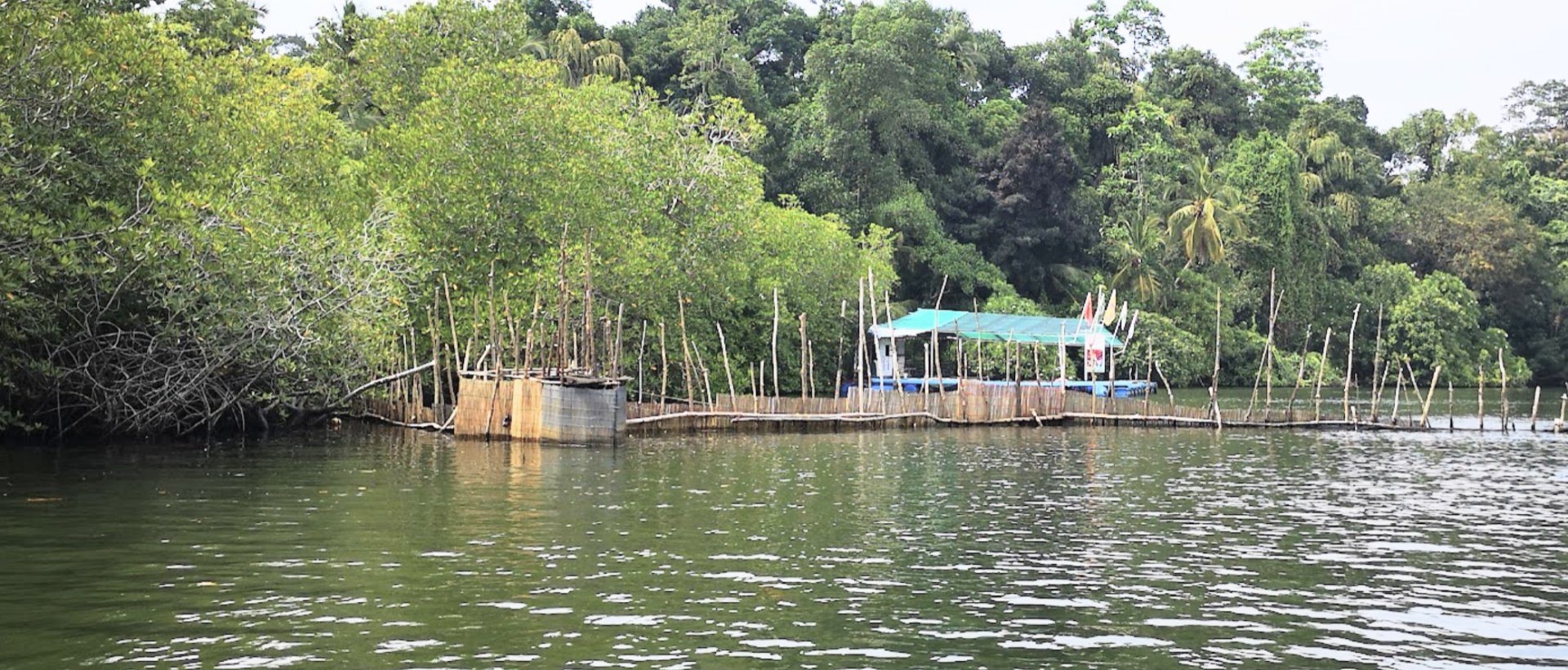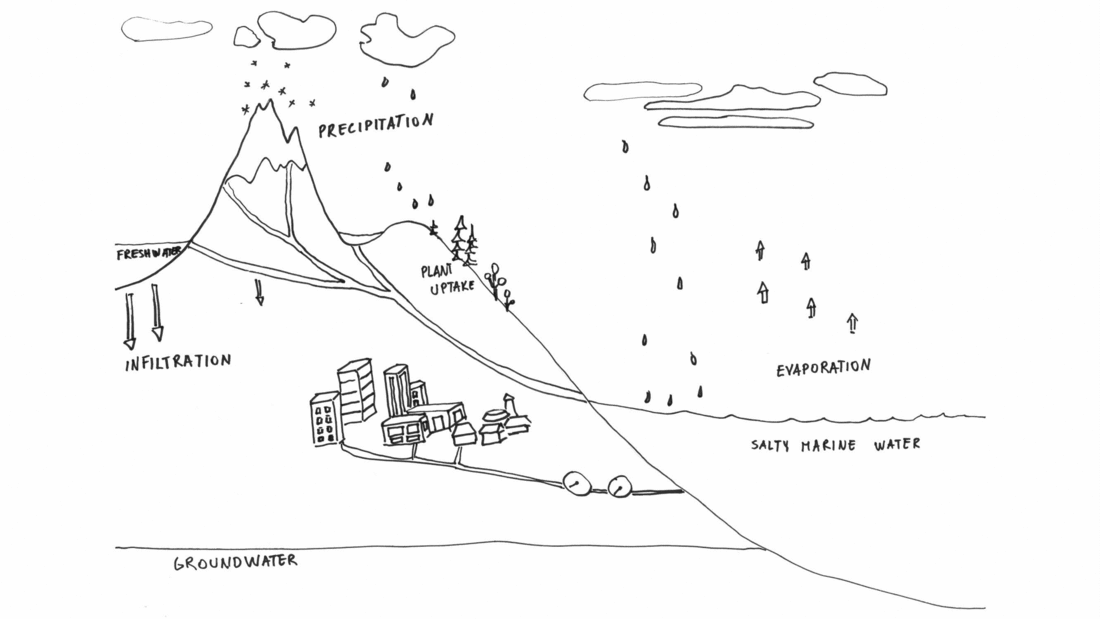
MOOC: Auditing Water Issues
Water cycle
Water is one of the most common substances on Earth – it covers about 71% of the Earth’s surface.
As seen in the pie chart below, 96.5% of the planet’s crust water is found in seas and oceans, 1.7% in groundwater, 1.7% in glaciers and the ice caps of Antarctica and Greenland and a small fraction in other water bodies (such as lakes, rivers and swamps), while 0.001% is air vapor in clouds (formed of ice and liquid water suspended in air), and precipitation. []

Figure 1. Distribution of water on Earth
The water cycle demonstrates how water moves around on Earth, transforming into solid, liquid or vapour form on the way.

Figure 2. The water cycle []
Water participates in major processes and reactions sustaining life, such as photosynthesis, which is responsible for the production of oxygen and all metabolic processes of living organisms. The existence of water is vital for all known forms of life.
 THINKING EXERCISE
THINKING EXERCISE
- Look around you, even out of the window.
- Which elements of the water cycle did you observe?
- Now think about the water cycle in your country. What are the special features?


